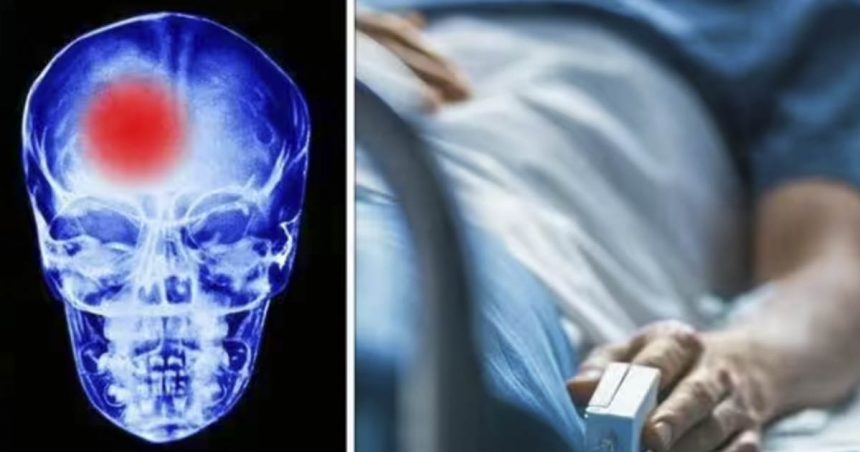Experiencing a stroke can be a terrifying experience, but knowing the symptoms can help detect signs before it worsens. Research shows that 43% of stroke patients suffer a mini-stroke one week before the actual stroke occurs. Understanding the difference between a mini-stroke and a full stroke is crucial. A mini-stroke, also known as a transient ischemic attack (TIA), is a temporary episode of neurological dysfunction caused by a brief interruption in blood flow to the brain. It causes less severe and shorter-lasting damage compared to a full stroke.
Recognizing the symptoms of a mini-stroke, such as numbness, weakness, slurred speech, or vision difficulties, is important in seeking medical help promptly. Despite the challenges in diagnosing TIAs, it is essential to consult a doctor if you suspect experiencing one. The acronym FAST can help remember the symptoms of a full stroke: Face drooping, Arm weakness, Speech difficulty, Time to call 911.
Various risk factors, including age, family history, high blood pressure, diabetes, smoking, and obesity, can increase the likelihood of having a stroke. By making healthy lifestyle choices, individuals can reduce their risk of experiencing a stroke. Immediate medical attention is crucial when recognizing stroke symptoms to prevent permanent damage. Seeking help promptly can save lives.
Sources
- “Stroke symptoms, even if they disappear within an hour, need emergency assessment.” Science Daily. American Heart Association. January 19, 2023.
- “Ministroke vs. regular stroke: What’s the difference?” Mayo Clinic. Jonathan Graff-Radford, M.D.
- “43% of stroke patients report the same symptoms 1 week before the event, finds study” Express






